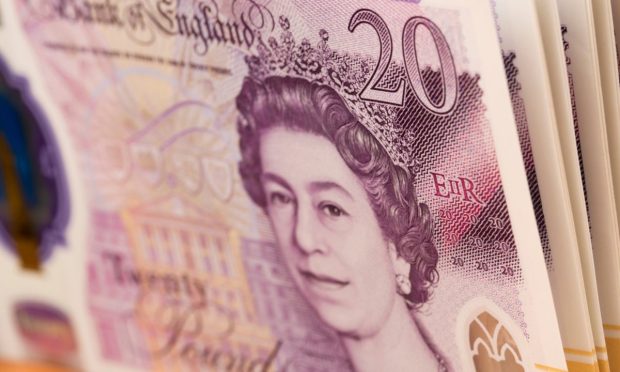Queen’s Death: Future of Banknotes, Coins Depicting Era-Defining UK Monarch

During the 70-year reign of Queen Elizabeth II, the currency that bears her face has ridden the ups and downs of the British economy, its crises and depressions, as well as its triumphs and jubilations.
Of course, for many Brits, transacting in the coins and banknotes that bear the queen’s semblance is increasingly rare today. Like the monarchy itself, physical cash plays an important, yet increasingly less prominent, role in British life.
The latest findings from UK Finance, which publishes an annual report on the state of the country’s payments market, reveal that in 2021, the steady decline in cash usage that characterized previous years may finally have hit a floor.
So, while card and other electronic payment methods are expected to take up an increasingly larger share of total payments in the future, the report projects that by volume, cash won’t be disappearing anytime soon.
Read more: Cash Holds Firm in Europe Despite Dwindling Hard Currency Supply
As an indication of the recalcitrance of the U.K.’s cash economy, there have been queues outside the Bank of England (BoE) in recent weeks as holders of the old £20 and £50 paper notes that will go out of circulation at the end of this month, seek to exchange them for newer, polymer notes.
According to the BoE, the polymer notes, which will have legal tender status after Sept. 30, “allow for enhanced security features, such as the see-through window and holograms,” making “them harder to counterfeit than paper notes.”
New Era, New Banknotes?
Two and a half years have passed between the issuing of the first polymer notes and the final phasing out of paper versions. But a similar timeframe may not be feasible for the next big design change featuring the likeness of the new monarch, King Charles III.
For example, although the decision was taken long before the queen’s passing, the front of the new £20 and £50 polymer notes still feature the late monarch, while English painter J.M.W. Turner and famed mathematician Alan Turing are featured on the back of the notes, respectively.
For the six commercial banks in Scotland and Northern Ireland that issue pound sterling banknotes, this is of little concern as those bills don’t feature an image of Queen Elizabeth II.
For other Commonwealth countries where the queen’s image already features prominently on money, a like-for-like swap with King Charles is less certain anytime soon.
And for others like Jamaica, it might never even become a reality as the queen’s likeness on banknotes was replaced with a series of national heroes when the country gained independence in 1962. Likewise, bills in the Seychelles now feature local wildlife instead of the queen, and Hong Kong dollars issued after the 1997 handover swapped her image for Chinese dragons and a depiction of the city’s skyline.
Moving forward, while digital currency offers some clear advantages over cash, it appears seemingly at odds with the kind of iconism on which the queen’s image has thrived, and Brits are likely to hold on to the potent national symbol in the march toward a cashless society.
Finally, as world leaders gather to pay their respects to an era-defining figure, questions linger over her decades-long legacy. For the pound, the future is almost certainly digital. But in what form? To what extent? And how will the way Britons spend and think about money change as a result?
For all PYMNTS EMEA coverage, subscribe to the daily EMEA Newsletter.
